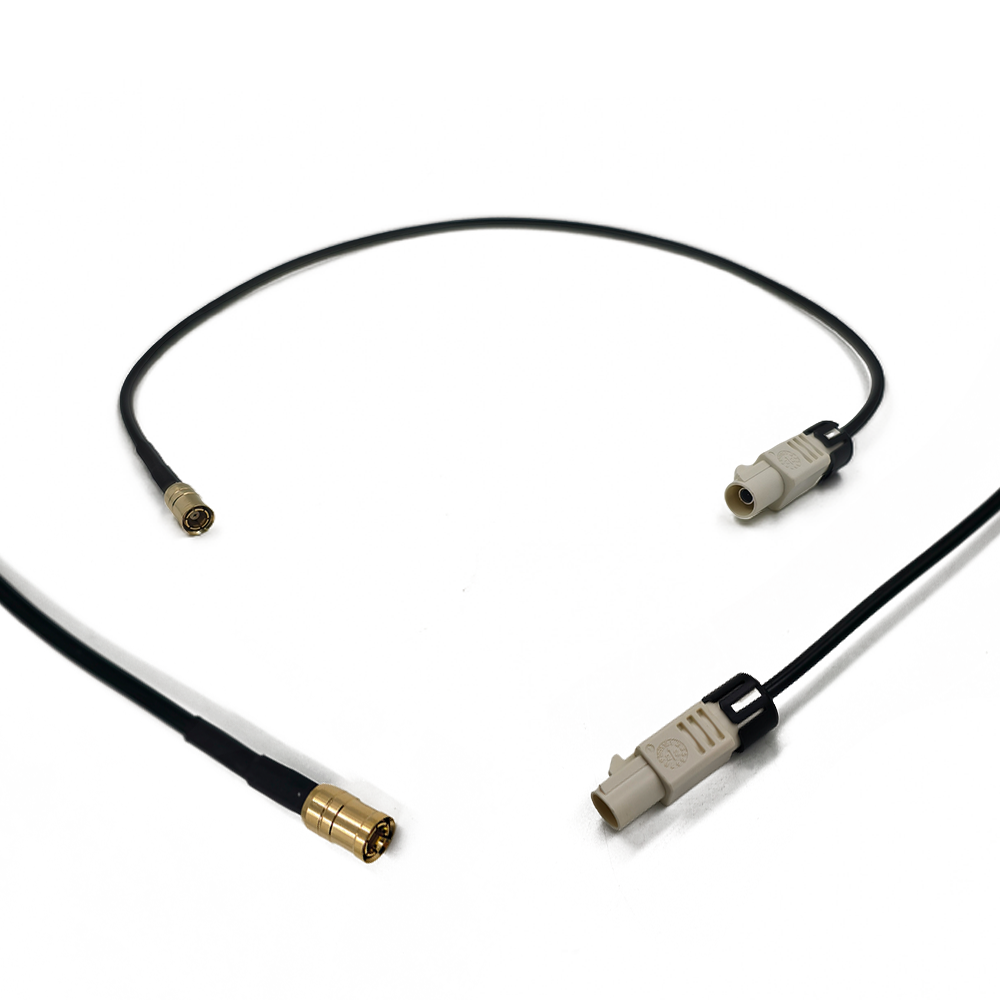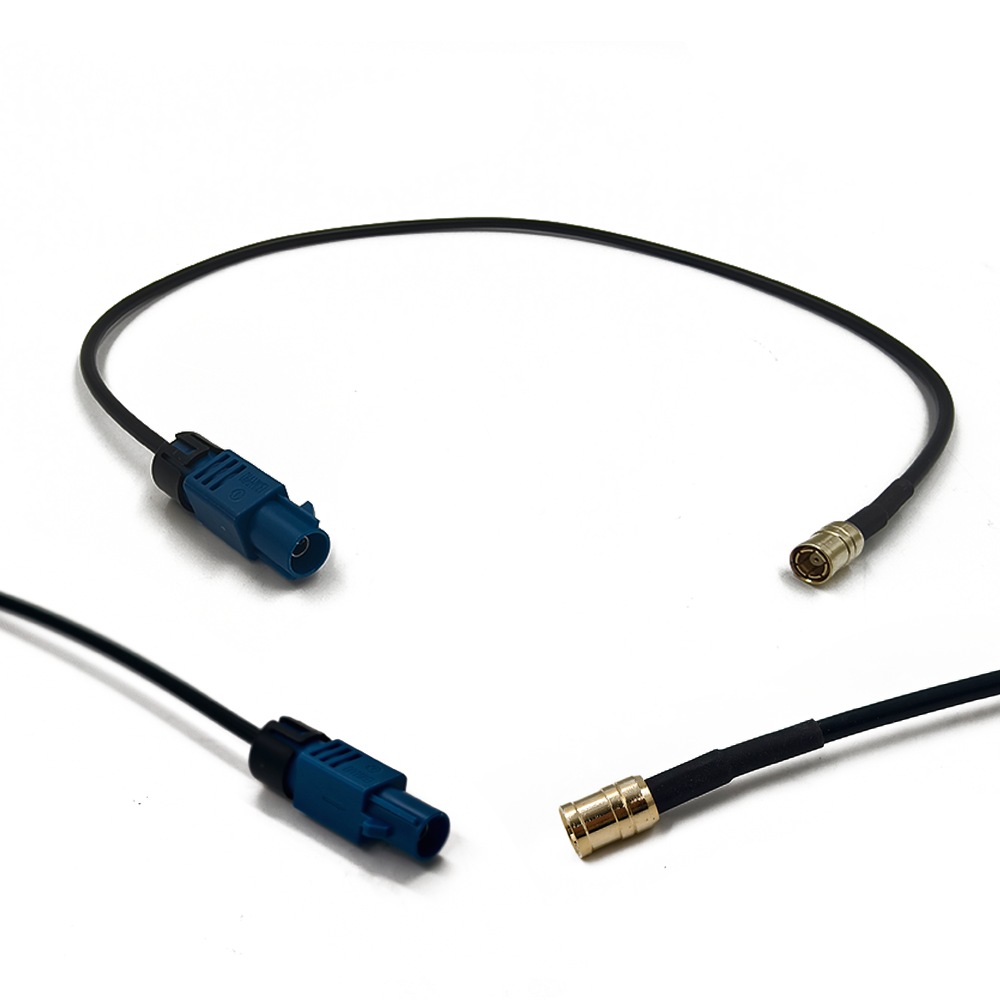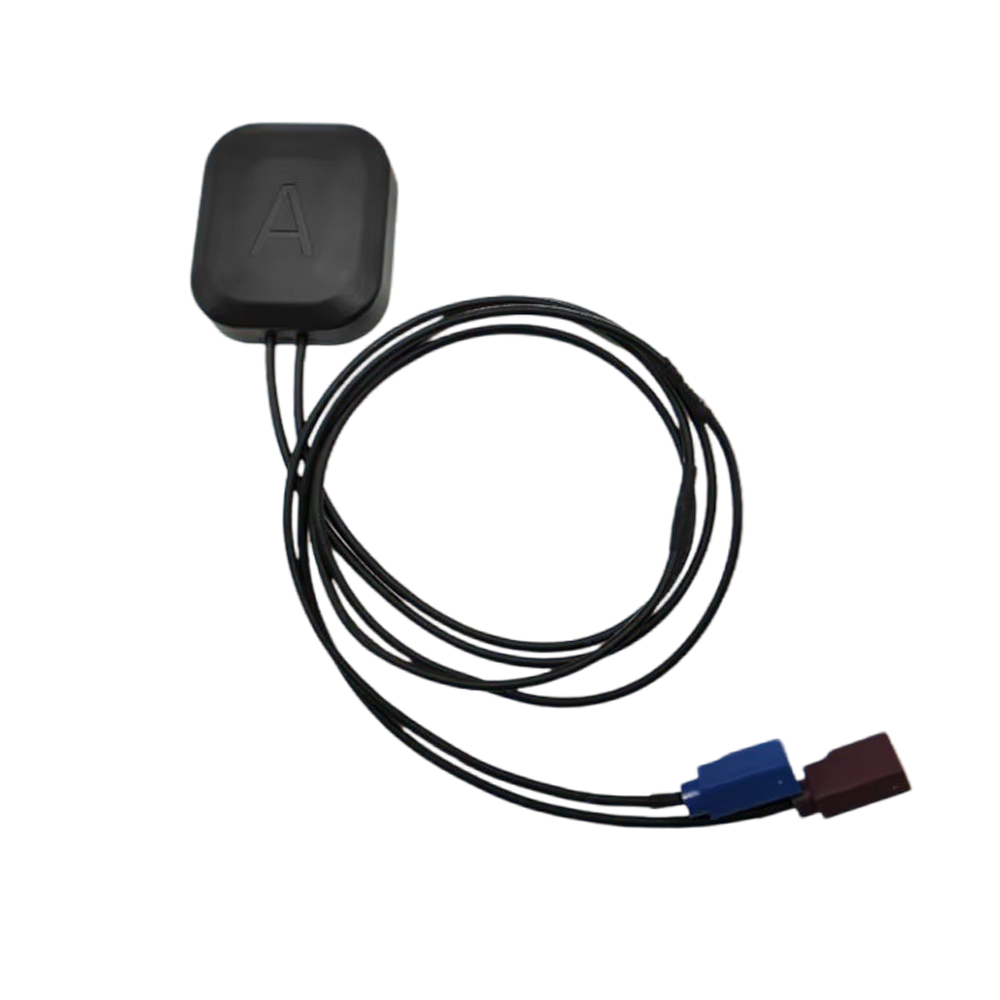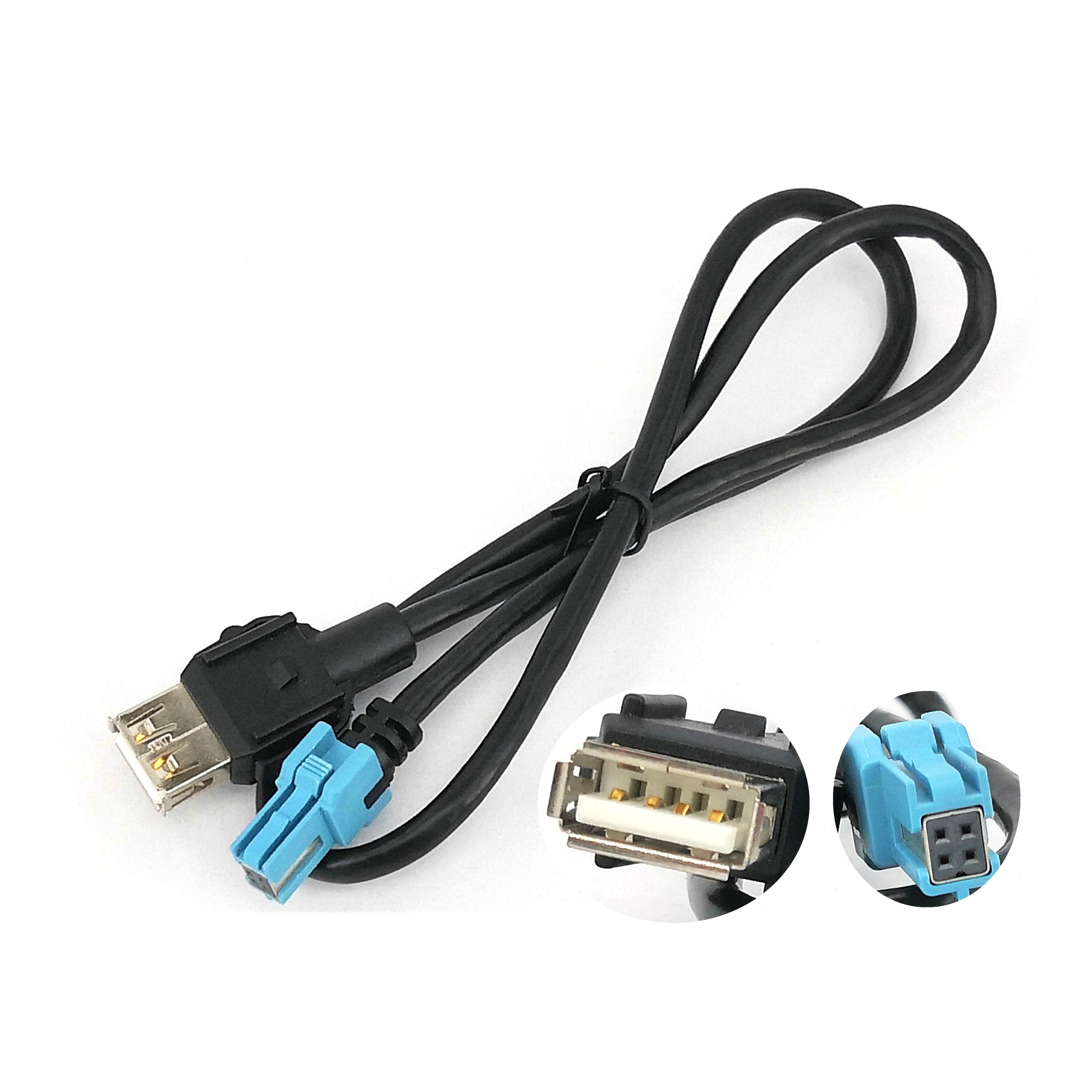Compact FAKRA GPS antennas for navigation have become integral components in a wide range of mobile and automotive systems, where reliable positioning is essential for functionality, safety, and user experience. Their standardized interface, compact size, and robust performance make them ideal for integration into environments where space, durability, and signal integrity are critical.
One of the most prominent applications is in automotive navigation and infotainment systems. Nearly all modern vehicles—ranging from passenger cars to commercial fleets—use compact FAKRA GPS antennas to power built-in navigation displays. These antennas enable turn-by-turn routing, real-time traffic updates, and points-of-interest (POI) search, enhancing driver convenience and journey efficiency. The FAKRA standard ensures seamless integration with head units and telematics control units (TCUs), allowing for plug-and-play compatibility across vehicle platforms.
In Advanced Driver Assistance Systems (ADAS), GPS data from FAKRA antennas contributes to features such as adaptive cruise control, lane-keeping assistance, and predictive powertrain control. For example, knowing a vehicle’s precise location allows the engine management system to anticipate upcoming terrain (e.g., hills or curves) and optimize fuel delivery or gear shifting accordingly. In semi-autonomous driving systems, GPS provides coarse localization that complements camera, radar, and LiDAR data, forming part of a sensor fusion architecture.
Telematics and fleet management represent another major application area. Commercial vehicles, delivery vans, and public transit buses are equipped with FAKRA GPS antennas to enable real-time tracking, route optimization, driver behavior monitoring, and geofencing. This data supports operational efficiency, fuel savings, and regulatory compliance (e.g., ELD logging in North America). Emergency call (eCall) systems in European and global vehicles also rely on GPS antennas to automatically transmit location data during accidents, significantly reducing emergency response times.
Shared mobility and ride-hailing services use integrated GPS antennas to track vehicle locations, manage dynamic pricing, and improve passenger pickup accuracy. Similarly, autonomous delivery robots and last-mile drones utilize compact GPS modules—often with FAKRA-style interfaces—for outdoor navigation in urban environments.
In the marine and recreational vehicle (RV) sectors, compact FAKRA GPS antennas are used in onboard navigation systems for boats, yachts, and motorhomes. Their resistance to moisture and vibration makes them suitable for harsh outdoor conditions, while their ease of installation supports retrofitting in aftermarket systems.
Portable navigation devices (PNDs) and asset tracking units also benefit from FAKRA-compatible designs. Although many consumer PNDs use internal antennas, professional-grade tracking devices for logistics, construction equipment, and high-value cargo often use external FAKRA GPS antennas to ensure consistent signal reception in challenging environments.
Looking ahead, several future trends will shape the evolution of compact FAKRA GPS antennas:
Multi-Band and Multi-Constellation Expansion: Future antennas will increasingly support multiple GNSS frequencies (e.g., GPS L2, L5; Galileo E5) to enable dual-frequency operation, reducing ionospheric errors and improving accuracy to sub-meter or even decimeter levels without RTK.
Integration with 5G and V2X Systems: As vehicles adopt 5G and Vehicle-to-Everything (V2X) communication, GPS antennas will be co-located with cellular and DSRC/WAVE antennas in multi-antenna modules, streamlining installation and reducing roof clutter.
Higher Integration and Miniaturization: Advances in ceramic materials and semiconductor packaging will enable even smaller antennas with improved efficiency, suitable for compact EVs, micro-mobility devices, and wearable navigation systems.
Enhanced Anti-Jamming and Anti-Spoofing Features: With rising concerns about GPS spoofing in autonomous systems, future antennas may incorporate directional detection, polarization filtering, or multi-antenna configurations to identify and reject fake signals.
Smart Antennas with Onboard Diagnostics: Next-generation modules may include embedded microcontrollers to monitor signal quality, temperature, and health status, enabling predictive maintenance and real-time performance optimization.
Transition to HSA (High-Speed Automotive) Connectors: While FAKRA remains dominant, the automotive industry is gradually adopting HSA (High-Speed Automotive) connectors for higher data rates and future-proofing. However, FAKRA will remain in use for RF applications like GPS for the foreseeable future.
Support for PPP and PPP-RTK Services: Compact antennas will play a role in receiving correction signals for Precise Point Positioning (PPP) and PPP-RTK, enabling high-accuracy positioning without local base stations—critical for autonomous driving and smart infrastructure.
Sustainability and Recyclability: Manufacturers will focus on eco-friendly materials, longer service life, and modular designs to reduce electronic waste and support circular economy goals.
As navigation becomes increasingly central to mobility, safety, and automation, compact FAKRA GPS antennas will continue to evolve, maintaining their role as essential enablers of reliable, real-time positioning in an interconnected world.
Conclusion
Compact FAKRA GPS antennas for navigation are foundational components in modern mobile and automotive positioning systems, offering a compelling blend of size, performance, and reliability. Designed to meet the demanding requirements of the automotive industry, these antennas provide consistent and accurate GPS reception in environments where space is limited and electromagnetic interference is prevalent. Their integration of a ceramic patch radiator, low-noise amplifier (LNA), bandpass filtering, and a shielded FAKRA connector ensures robust signal capture and transmission, even under challenging conditions.
The widespread adoption of these antennas across automotive navigation, telematics, ADAS, and fleet management underscores their importance in enabling intelligent transportation systems. As vehicles become more connected and autonomous, the role of GPS antennas extends beyond simple location tracking to supporting safety-critical functions such as emergency response, predictive driving, and sensor fusion. The FAKRA standard has played a crucial role in ensuring interoperability, simplifying installation, and reducing system complexity across global vehicle platforms.
While challenges such as signal attenuation, multipath interference, and RF congestion persist, ongoing advancements in materials, filtering, and multi-constellation support continue to enhance performance. Future developments—including multi-band operation, integration with 5G/V2X systems, and anti-spoofing capabilities—will further solidify the relevance of compact FAKRA GPS antennas in next-generation mobility solutions.
In conclusion, compact FAKRA GPS antennas are not merely passive signal receivers but active enablers of precision, safety, and connectivity in modern navigation. As the world moves toward smarter, more automated transportation networks, these compact yet powerful devices will remain at the heart of reliable positioning technology, ensuring that vehicles, devices, and users stay accurately located—anytime, anywhere.




































































 Language
Language
 En
En Cn
Cn Korean
Korean

 Home >
Home > 








 18665803017 (Macro)
18665803017 (Macro)













